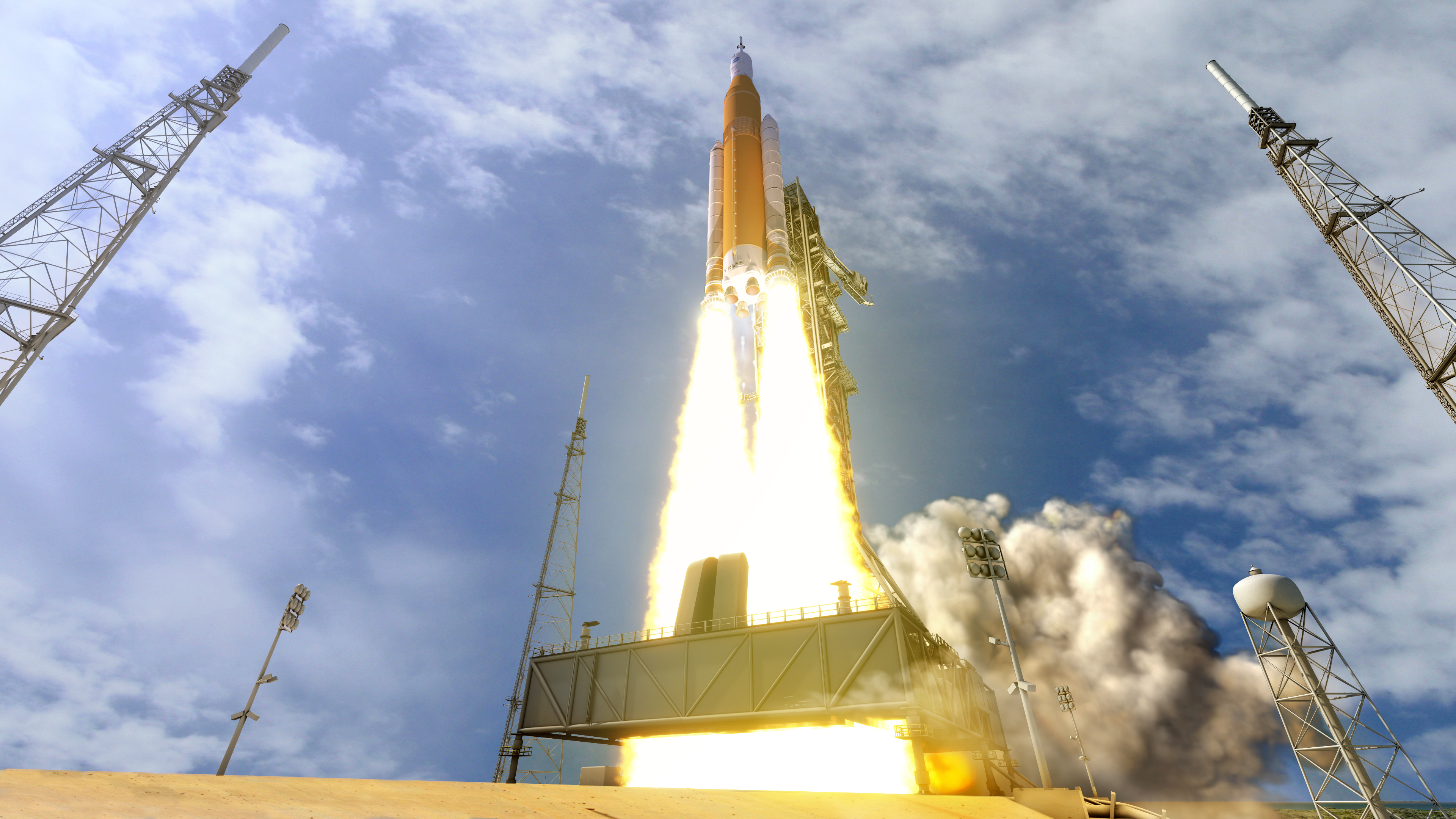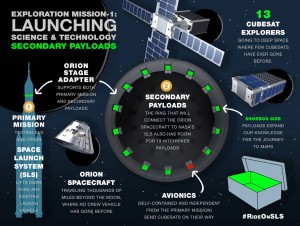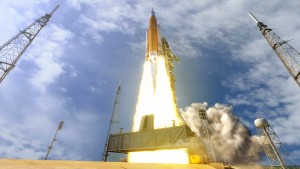NASA’s new deep space crew vehicle won’t be the only thing flying to space on the 2018 launch of the nation’s new giant rocket, Space Launch System (SLS). Along for the ride will be thirteen smaller satellites known as CubeSats.
The new crew vehicle that will carry humans to deep space destinations and return them safely to the Earth, Orion, will fly atop SLS on what’s known as Exploration Mission-1 (EM-1). During the mission, for the first time in more than 40 years, a human-rated spacecraft will fly past low Earth orbit and into deep space.
What will the CubeSats that fly on SLS be doing? And where in the rocket will they travel into space? Let’s take a look.
Image credits: NASA
Aiming to help us understand how biological systems are affected by the deep space environment, the BioSentinel mission will use yeast to evaluate the impact of deep space radiation on living organisms. This 18-month mission will better inform us about the effects of radiation so that countermeasures can be developed to mitigate the risks that human explorers will face when they travel beyond low Earth orbit in the future.
The CubeSat to study Solar Particles, CuSP, will orbit the sun after being ejected from SLS. This CubeSat will measure radiation coming from the sun that can interfere with radio communications on Earth, trip up satellite electronics and create electric currents in power grids.
NASA’s Cube Quest Challenge, designed to foster innovation in small spacecraft and propulsion, will fly the top three competitors in the challenge. After being deployed from SLS, the satellites will compete in the Deep Space Derby and the Lunar Derby. The goal of the Deep Space Derby is to find innovative solutions to deep space survival and long distance communication using small spacecraft, while the Lunar Derby will focus mainly on propulsion and navigation for small spacecraft while orbiting the moon.
Another CubeSat will reveal new details about the depth and distribution of ice on the moon. The Lunar Polar Hydrogen Mapper, or LunaH-Map, is a CubeSat that will produce the most detailed map to date of the moon’s water deposits. It will sense the presence of hydrogen in craters and other lunar areas.
Being able to use resources at destinations in space will be essential to pioneering space. Breaking down resources in atmospheres, water ice and regolith into their component molecules and using them as building materials, propellant, and oxygen for humans to breathe and drinking water is a capability called in-situ resource utilization. Lunar Flashlight will make multiple passes over the surface from lunar orbit looking for ice deposits and identifying favorable locations for in-situ resource extraction and utilization.
Lunar IceCube will also orbit the moon and will prospect for lunar volatiles and water. It will investigate the distribution of water and other volatiles as a function of time of day, latitude and lunar regolith age and composition. It could ultimately help scientists understand the role of external sources, internal sources and micrometeorite bombardment in the formation, trapping and release of water on the moon.
Sending robotic scouts to survey a destination and learn about its risks and challenges is critical before sending astronauts to new space environments. The Near-Earth Asteroid Scout, or NEA Scout, will flyby and observe a small asteroid using solar sail propulsion and take pictures, observe the position of the asteroid in space, its shape, rotational properties, spectral class, local dust and debris field, regional morphology and regolith properties.
SkyFire will perform a flyby of the moon and take images of the lunar surface and its environment. The observations performed by this CubeSat will help address NASA’s Strategic Knowledge Gaps (SKGs) related to surface characterization, remote sensing and site selection observations. Data collected on thermal environments will contribute to the body of knowledge on the composition, structure, interaction with the space environment, and interaction with solar particles and the lunar regolith. These will all help with reducing the risk for potential human missions in the future.
The last three CubeSats slots have been reserved for international partners.
The Japanese Aerospace Exploration Agency (JAXA) and the University of Tokyo will fly two CubeSats on SLS. One of them, EQUULEUS, will help us understand the radiation environment around the Earth. The other, OMOTENASHI, will explore the lunar surface, demonstrating low-cost and small spacecraft technology.
The third international CubeSat is called ArgoMoon and is being built under the Italian Space Agency (ASI) by an Italian company, Argotec. This satellite will evaluate how it operates close to the stage that will propel the Orion crew vehicle toward the moon. The stage is called the Interim Cryogenic Propulsion Stage (ICPS) and is located just below the Orion crew vehicle at the top of SLS.
Enabling the flight of a human-rated spacecraft beyond the moon and small satellites that will bring us a wide variety of valuable information, the first flight of SLS will mark the beginning of a new era in deep space exploration.
Image credit: NASA
Learn more about SLS at NASA.gov.



